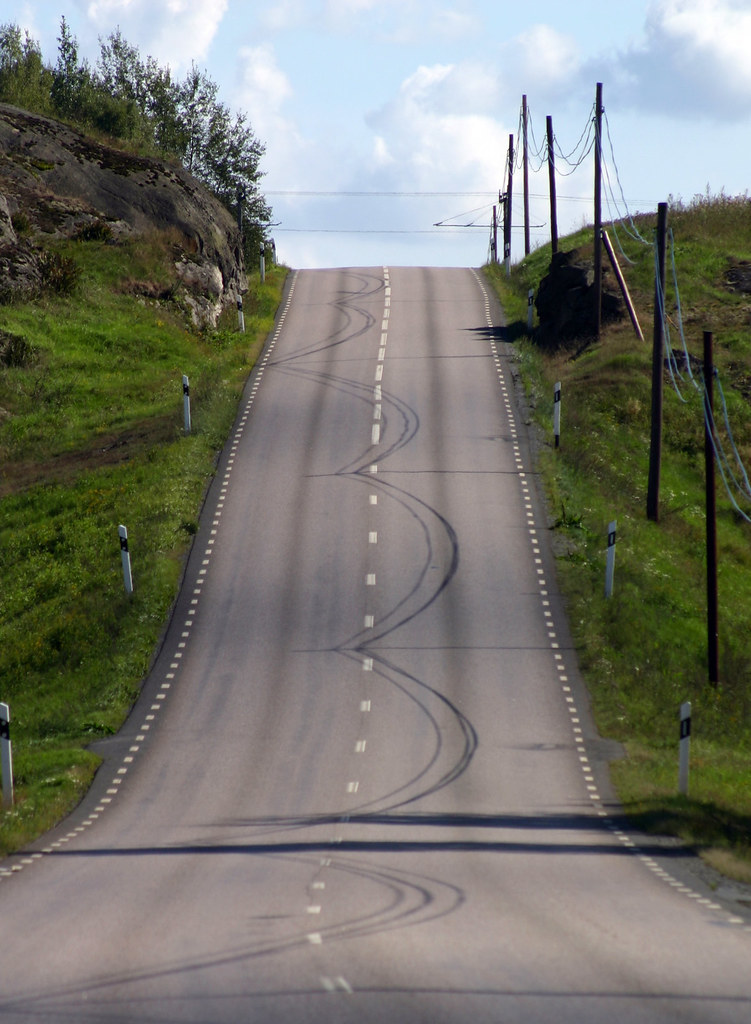Lets go back to the leaf example as this far more complex due to the irregular shape and how it gets small at some points and larger at other points.
Lets use Algebra in this instance and notice I won't use the rubbish letters. I will only use it once I want to formerly present it. But lets break down
this problem into unknowns that we want to find.
We want to find the unknown of the 'curve' on the outer side of the leaf. That is an unknown and a variable we will need.
We want to find the unknown of the space within the leaf we must take into consideration the smaller points at both ends. That is another variable Space Variable will be called.
We need to know if there is different dips and by how much, we can see it curves up and down, so
the vectors or points will be different in different parts of that curve.
We want to find the unknown of how to apply this shape to a real life problem like we want to see a leaf style building or leaf shaped garden. Considerations are many here. But an accurate
measurement of the leaf is needed or when it's applied it won't be perfect. The dips how it goes
up and down will need to measured cause it will go n up down in our real life problem like garden
skyscraper, etc.
That's all algebra is listing the problems u have and what you find out. The letters are just basically crap and confusion and puts people off.
1st question how do we measure a curve? we will need two points like this | | | | | | | | | across the curve and then measure those two points distances. Once we have covered that completely across the curve. We can calculate how much distance is between two points like this | | and then multiply it by how many points >>> || we have. So if two points measurements are | | is 0.1 inch or mm we can multiply that by how many we have covered the curve with |||| to get an over-all figure of what the curve is. Now obviously it is better to write down each two points separately down >>> || somewhere on a piece of paper cause to determine if there is a fluctatation depending on what part of the curve those two points are. But at the end of the day you got the measurements as a whole plus u got the measurements for every stage of the curve just in-case the numbers aren't perfectly matched.
2nd Question the space within the leave. As you can see we will need to fill it up with little dots and once we fill it up we can divide those dots to find how much space 1 dot takes and once we know how much one dot takes we can multiply it by how many dots we have to find an overall space. The dots are needed in my view cause a square, triangle, or any shape will not fill those small ends at the beginning and end.
3rd Question once we find out that let's start applying to a real problem, we got our figures and need to adjust those figures to the problem and it's size. It could be one bedroom, one garden, or a skyscraper. The size won't matter as long as we have the coordinates correctly measured as the space can fluctate it can be bigger or smaller inside but the coordinates must be accurate to have the shape. The coordinates basically guide the space inside it as perimeters and those perimeters can be as a large as a skyscraper if you want.
Now the question comes down to adjusting those leaf coordinates to a larger space. We know the mathematical rules will apply it's either a division/multiplication/addition/substraction. No other rule will apply so we know it's going to be one of those four things we use to adjust it to the building or garden. I am going to think about this further and get back to you.
Wow we need NALLE back, first somali girl i've seen that can hold it down with the men. Maybe can test it with something small like a cake and change it to leaf in shape from it's circle. We need accurate measurements within the cake to get an exact 'duplicate' of the leaf. Let experiment NALLE and figure out what we need in terms of the cake measurements against the leaf measurement and what sort arimethic function we need to apply to adjust it.
I am not sure on Nalle evolutionary views, it will be interesting to see what she says. Me and
@BestCaseScenario have respectfully disagreed. We have come to an agreement yes there is similarities between and us and everything around us. We have come to agreement we are in 1 universe so obviously we are going to have commonalities but he goes into the conclusion those differences among us and other animals and everything around us is thru divine godly reasons. This god he refers to obviously isn't physical and cannot be tested as he would agree.
Where-as I have said those similarities must point to a common ancestor at one time in our evolutionary past and we were all one and diverged from that one point and developed into what we are thru environmental pressures like food shortages, weather changes, etc and possibly other environmental factors and those differences in us and the animal world were naturally selected as it provided the most benefit and answer in response to the environment. For example my reasoning is, if we move to the hottest country on earth and stay there for thousands of years, I feel the sun will ultimately make us darker and our genes will respond to pass this onto future generations as it's better being dark rather then light in such an environment. Notice the environment is triggering us to change. I think these changes will occur if we even switch diets and all food runs out on the land and we start fishing. Eating so much fish, our genes will respond naturally on how to best handle this new diet while being alive and this will be naturally selected.
Now I do agree with
@BestCaseScenario that all of this and the question of ultimate why, I also revert back to god the only difference is, I believe in a god that was a mathamatical genius and didn't need to stick around to watch over his creation just like he don't need to stick around when we make decisions today as human being. For example the sun can do it's job on it's own without a god guiding it. But why the first sun came to be, I do resort to god!!! So my god is really at the beginning, everything after I feel can operate fine with it's own law. For example once we figure out how to apply the leaf to a garden or building, me and u can step away and allow a calculator to do this for everyone else. We created the answer but passed on and everyone else now uses it but we STEPPED away and don't need to monitor it anymore.
Please
@Nalle your evolutionary views will be interesting if u agree or disagree or half way there. I agree 99% up until the big bang. But before that how did nothing come from nothing is relevant. Plus if there was something u can't keep going into vicious loop cause something will always mean there was something before it and before it and it never ends. Cause an effect is awesome up untill a point where it never ends.




